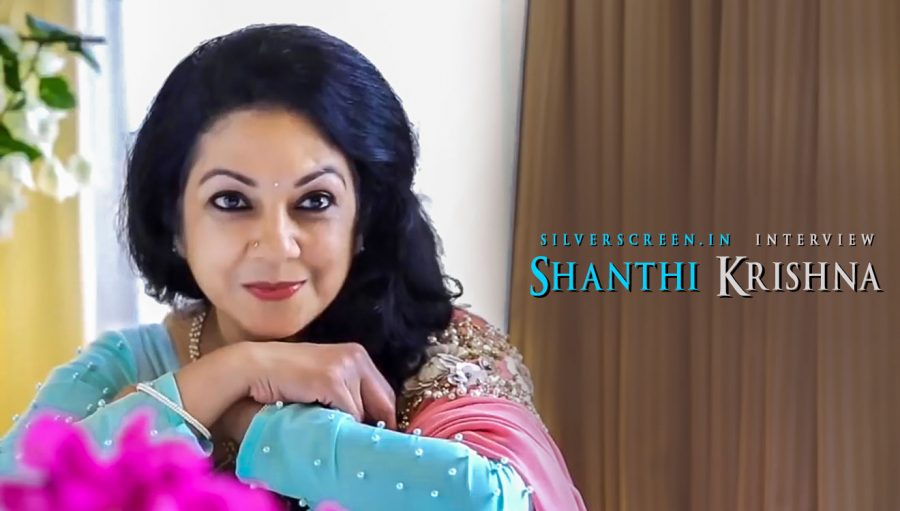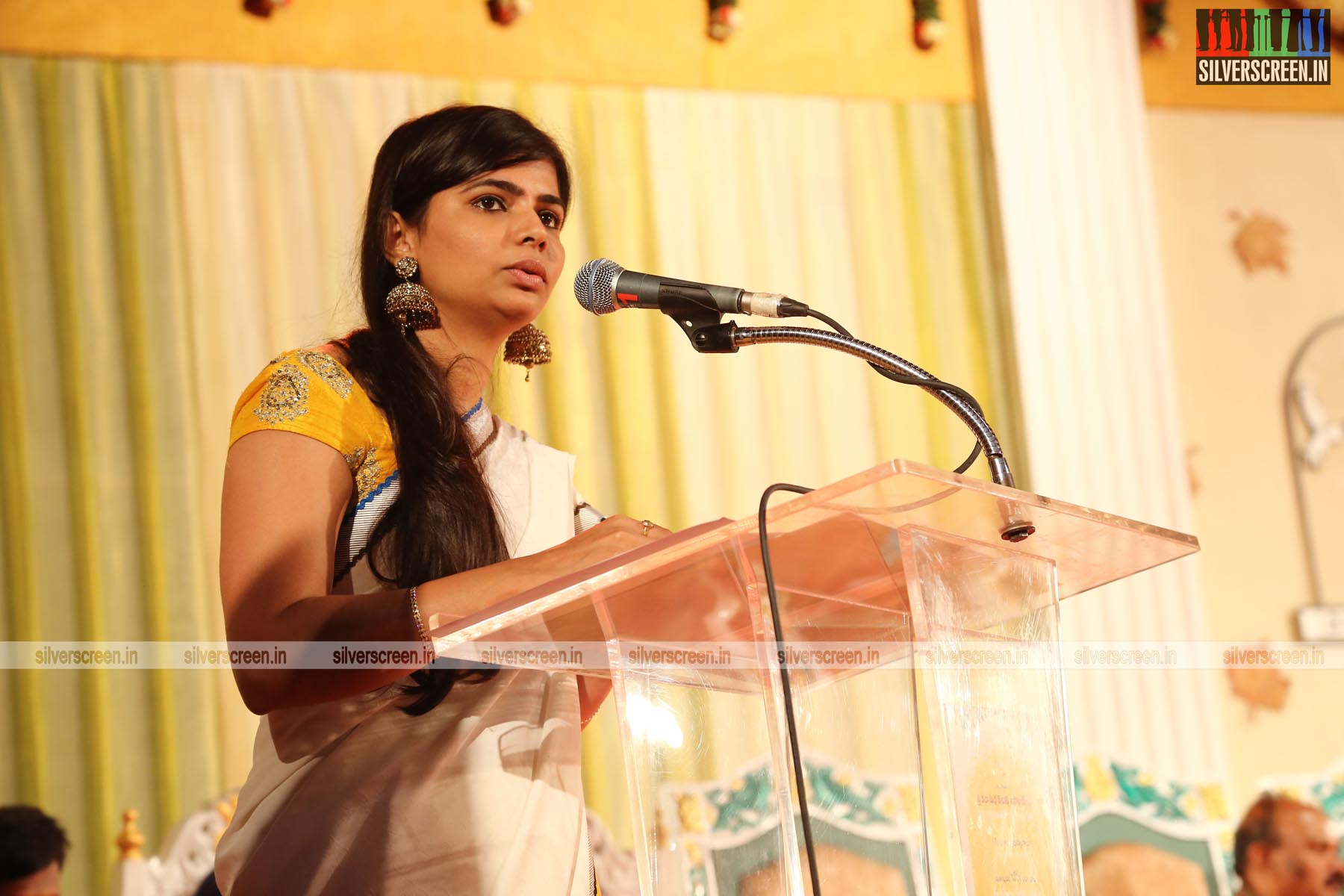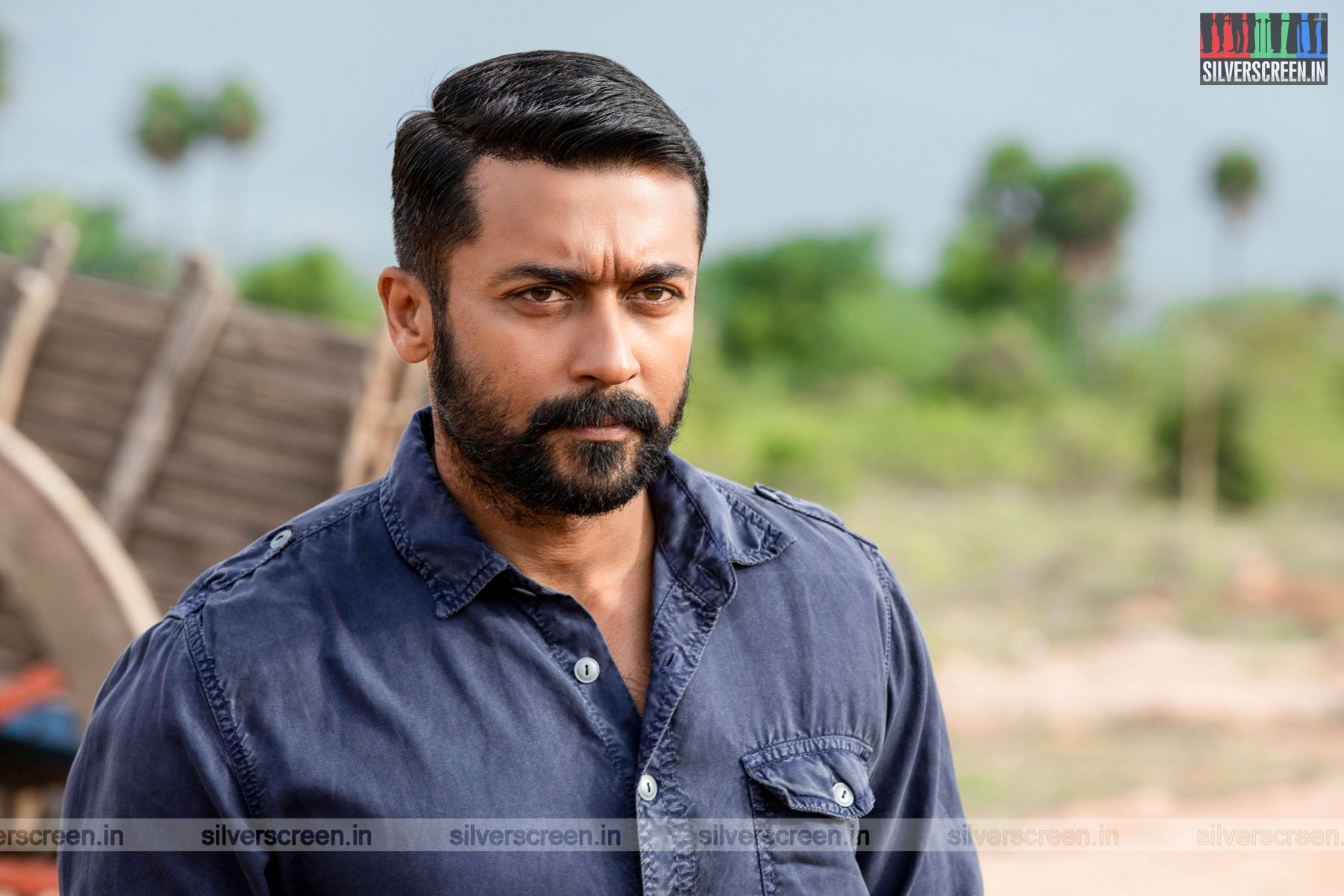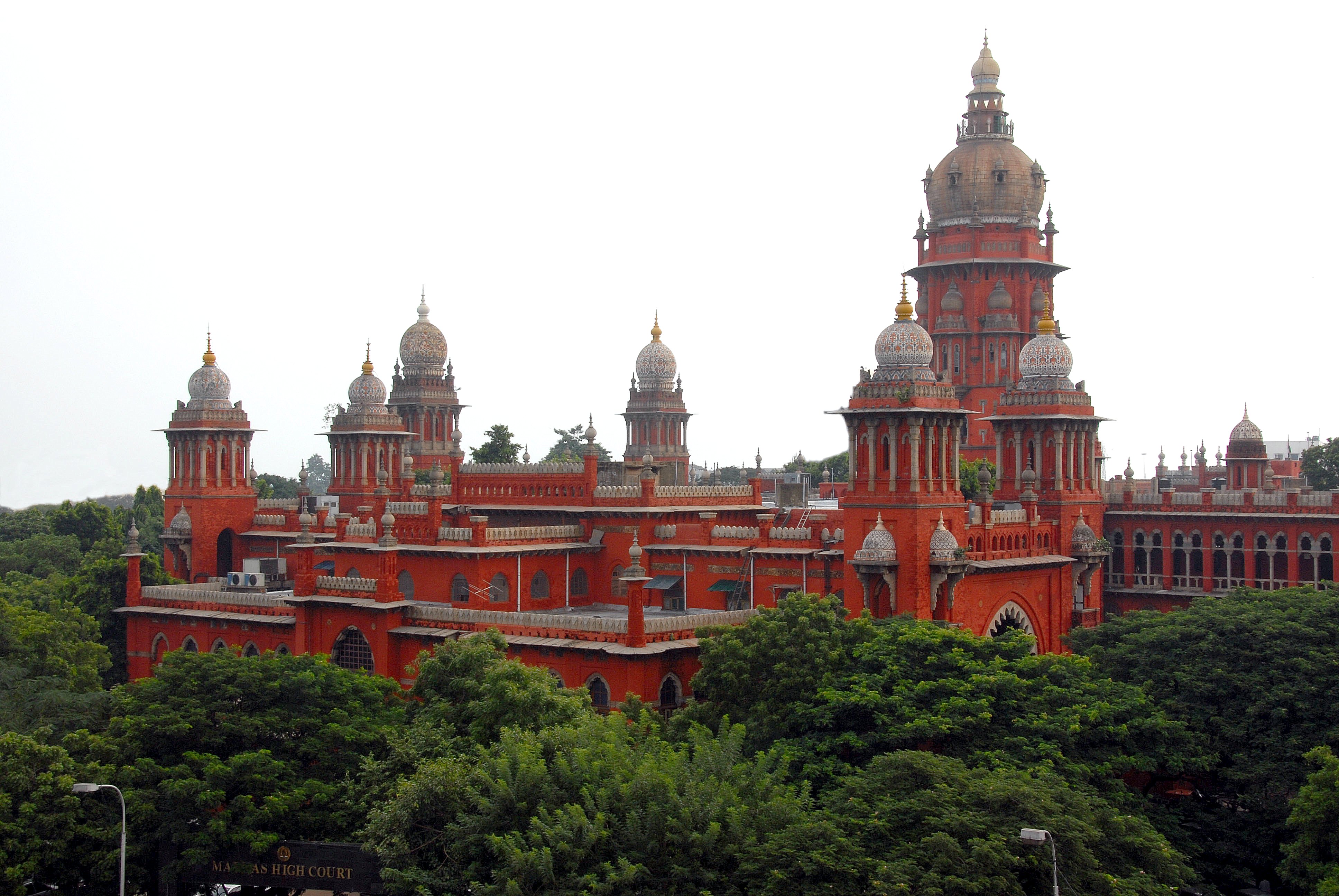In her comeback to cinema in 2017, Shanthi Krishna assumed a new identity – one that the actress is elated about. In Njandukalude Naattil Oridavela (2017), she played Sheela Chacko, a college professor who, after being diagnosed with cancer, refuses to be tied down by anguish. In Kuttanadan Marpappa (2018), she played a widowed mother (to Kunchakko Boban), scheming against the woman who broke her son’s heart. A role that demanded the spunk and humour Krishna had been longing to bring on screen. However, there’s a dearth of good roles for women in Malayalam cinema, says the actress
Thirty seven years ago, Shanthi Krishna was Annie, the 18-year-old student of Fine Arts in Lenin Rajendran’s alluring tragic-romance Chillu (1982). The slender teenager emanated a Maggie Cheung kind of despair and pain, embodying the romanticism that Malayalam cinema wore on its sleeve in that era. Call it incidental, but many roles that Shanthi Krishna portrayed in the 80s and early 90s were women in distress who chose death over life. In Savidham (1992), directed by George Kithu, her character, a middle-aged mother, ends her life for the guilt of having a daughter out of wedlock. In Vishnulokam (1991), she memorably played a gloomy damsel, playing a veena in the song ‘Aadya Vasanthame‘.
“Life is my teacher,” says Shanthi Krishna when we speak on the phone on a late Sunday afternoon. It’s been a few years since she moved to Bangalore from New York after her divorce. “All the ups and downs in life break you and reshape you in unforeseen ways. In my case, all the bitter experiences I have been through have helped me transform into a positive person. And perhaps, it’s all reflecting in the roles I play [now]. I was cast as the ‘new generation’ mother in Kuttanadan Marpapa after the film’s makers saw me in post-Njandu interviews.”
*****
Born and brought up in a Tamil-speaking family settled in Bombay, Shanthi Krishna says her film career was almost an accident, although her brother, Suresh Krissna, was an associate of K Balachander in the 80s. He would later make blockbuster movies such as Baasha and Annamalai which were instrumental in creating the superstar that Rajinikanth is. Back in the early 80s, a photograph of her appeared in a Tamil magazine after she won a central government scholarship. Director Bharathan, who spotted it, got in touch with Suresh. He had been looking for a new face for Nidra (1981). “I had no plans of getting into acting, but it was an offer too good to refuse,” says Shanthi Krishna. Simultaneously, she was cast in her first Tamil film, Panneer Pushpangal, an adolescent romance that is still regarded highly for its aesthetics and the exceptional soundtrack composed by Ilaiyaraaja.
In the first phase of her career that lasted four years – until her marriage to co-star Sreenath in 1984 – she acted in 26 films, including a few Tamil ones. She returned to acting in 1991 through Balachandra Menon’s Nayam Vyakthamakkunnu, a comedy. In 1992, she won a Kerala State Award for second best actress for Savidham, and in 1994, she won the State Award for best actress for Chakoram. She bid adieu to films for a second time in 1996, and moved to New York. In a television interview in 2014, she announced to the world that she had no plans to return to acting. Yet three years later, she returned where she belonged, with a young cast and crew. The warmth of the experience prompted her to stay longer this time.
“Though, the roles I am being offered of late are not particularly interesting,” she adds.
Filmmaking and the film sets have changed so much since the 90s, especially with the coming of monitors and spot-editing, she observes. “As a yesteryear actor, I think – when I meet my old colleagues, we talk about this – the sanctity of the process of film-making is now largely lost. Earlier, to pull off a great film, the directors had to be exceptionally brilliant. They had to visualise everything written in the script because there was no way to see the footage until a rough cut was ready. We have seen how geniuses like Bharathettan working hard on everything, from production design to directing the actors. They had to make spontaneous decisions about scenes. The director was always standing next to the camera, giving the actors cues and feedback. We had to perform in front of him and we would look at him for feedback after each take. These days, we almost never see the director near the camera. He/she would be near the monitor, surrounded by everyone else.”
Shanthi Krishna calls herself a director’s actor. “I need feedback from directors. Their explanation of the script or the scene would help me immensely… I know I have it in me, and it can be brought out only by a good director. Sometimes, I specifically ask young directors to talk to me if they want me do it any differently.” She calls Bharathan her God Father. “He introduced me to cinema, and shaped the actor in me. On sets, he was a soft-spoken person, an expert at handling artistes.”
Casting calls and auditions too, are something she isn’t familiar with. “Those days, the shooting lasted only for around 25 days, with a minimal or moderately sized crew. Competition was much lesser than it is now. Actors were categorised in ‘genres’ – Jalaja and I were the quintessential dukhaputhri, someone else was always cast as the rich girl (laughs).”
Nevertheless, Krishna says she is thoroughly enjoying the new work atmosphere. “I am like a fresher now. It’s exciting.” And now, she has started dubbing for herself, something she wasn’t allowed to do in her younger days.
“When I joined the sets of Nidra, I didn’t know Malayalam at all. We speak Tamil at home. On the first couple of days, Bharathan sir didn’t give me dialogues. We shot song montages. That gave me some time to get a hang of the language. Later, I learnt Malayalam well, but continued to have a professional dubbing artiste dub for me. In those days, in Malayalam as well as Tamil cinema, a heroine’s voice had to be really sweet. So many Malayali actresses weren’t allowed to dub for themselves for this reason. The only director who encouraged me to dub for myself was Balachandra Menon, for his April 19. He said, ‘You have a good voice and you speak good Malayalam. Why can’t you dub for yourself!’ In Njandukal, Althaf (Salim) was particular that Sheela Chacko needed to have an identity.”
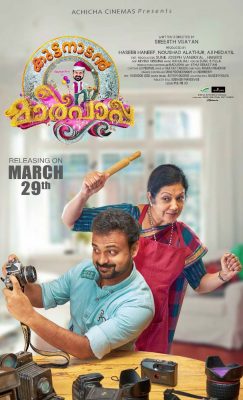
Krishna admits to having developed cold feet on the first day of Njandukal. The team held an informal workshop for the cast where she met Nivin Pauly and others. They rehearsed a scene where Sheela Chacko meets the doctor and asks him for the details of her illness. “I performed with ease, and that took everyone by surprise. ‘It doesn’t look like you are just back after a long break from acting,’ they said.”
The actress refused several offers during her 19 years of self-imposed exile from the film industry. She still regrets one of them. “I missed out on Thanmatra. I was called for the female lead role, but at that time, I was determined to not return to acting.”
*****
Shanthi Krishna has a small, but rich body of work in Tamil cinema. “I committed to Panneer Pushpangal around the same as Nidra, when I was barely 17,” she recounts. “It was the first film for many people – Gangai Amaran sir, who wrote the script, P Vasu, the director, and most of the cast members including me. It was such a beautiful film! I was a school student at the time, and my character was also one. The film was shot at The Laidlaw Memorial School of St. George’s Homes, Ketti, in the Nilgiris. The costume we had to wear most of the time was a school uniform. So every morning, it was like getting ready for school. Since we wanted a proper school atmosphere, the shooting happened while the regular classes were underway. It was so much fun. We were asked to sit in class with regular students, mingle with the crowd, while they shot us in candid moments. Once, the principal spotted us hanging out elsewhere and took us for some unruly kids who’d bunked class. He started scolding us. (laughs).”
It wasn’t a movie that required the usual, exaggerated acting style that was typical in Tamil films at that time, says Krishna. “Everything was subtly and realistically done. The script was brilliant. It captured the psyche of teenagers, and we could grasp it so well. You know, it’s that time when you want to stay away from adults, rebel, and in one of the most memorable scenes, the lead character has to face questions on how he would survive in the big world. Everything was relatable.”
The actress was part of a few Tamil films in her decades-long career. “I was more comfortable in Malayalam movies,” she declares. “Here, I was offered strong female protagonists. I felt at home in Malayalam cinema.”
*****
A city girl at heart, Krishna played village belles for the most part of her career. “I have been told many times that I have a mellow body-language and face. Maybe that’s why I was always cast as a village girl.” When she was asked to play a cameo in Aravindante Athithikal – a role which is uncannily similar to what she played in Savidham – she was reluctant. “Vineeth wanted only me to play the role because, according to him, I had a face that easily evoked kindness. ‘No one would hold your character culpable for abandoning her son, he said.’”
One of the few roles she relates with a lot is Mary in Kuttandan Marpappa. “She’s more like me when I am at home. I whistle, sing, and like to be with youngsters. I had a great time working in that film. These days, when people – including youngsters who weren’t born at the time I started my career – recognise me, run to me at airports, express their love, and ask for photographs, I am so grateful and happy!”
However, there is a dearth of great roles for women in Malayalam cinema, says Krishna.
“I was watching Meryl Streep in Devil Wears Prada recently. What a great character! What fine performance! Why can’t we make such films here, for women who have crossed 30s and 40s, instead of confining them to stereotypical mommy roles? Write strong roles for us to perform. Why can’t the talented filmmakers and writers here make a film about middle-aged women? Films with a female protagonist in India are almost always about a suffering mother or dark subjects like rape and revenge. Isn’t there more to our existence? Womanhood has so many different colours. We can be anything.”
Movie watching is a hobby that she picked up in her teenage years in Mumbai, when her family would dedicate every weekend to an outing at a movie theater. “My brothers liked to watch English films. And since south Indian movies rarely released in our area, we had to limit ourselves to Hindi and English films.” She confesses that she is a sucker for romantic dramas. “I am a hopeless romantic at heart,” she laughs. “I like to stay happy and optimistic. My kids watch a lot of thrillers, so I am now a fan of that genre too. Crime and legal thrillers, and films like Three Billboards Outside Ebbing, Missouri. What a film, isn’t it? The character that Frances McDormand plays is one for a life-time. We, actors, need such films to feel alive. Mammookka (Mammootty) does a lot of commercial potboilers like Oru Kuttanadan Blog, but wouldn’t he happier doing a film like Peranbu that happens once in a long while?”
*****
Shanthi Krishna calls her mother her best friend; someone stayed with her as she went through many harrowing situations in life – two failed marriages – and resurfaced like a champion. At nineteen, she married her co-star Sreenath and moved to his native village in Kerala. She calls the marriage that lasted nine years ‘an adolescent misstep’. Her second marriage from which she has a son and a daughter, ended in 2016.
Recommended
“As a child, I lived in Kuwait where my father’s job was. Life in Kuwait was very secluded. My mother and I became such close friends during that time, since we had only each other’s company. I was never an outgoing person. I didn’t have many friends. When we moved to Mumbai, we were a close-knit south Indian family in a cosmopolitan city. That was my favorite phase in life. There was so much happiness around,” she says. “I never felt the need for another best friend since my mother was around all the time. I have incorporated some of her mannerisms in the characters that I played in Savidham. Now, my children and I are close friends and share everything. I think all kids need that kind of intimacy with their mothers.”
Featured image credit: A still from Vanitha
*****
The Shanthi Krishna interview is a Silverscreen exclusive.
